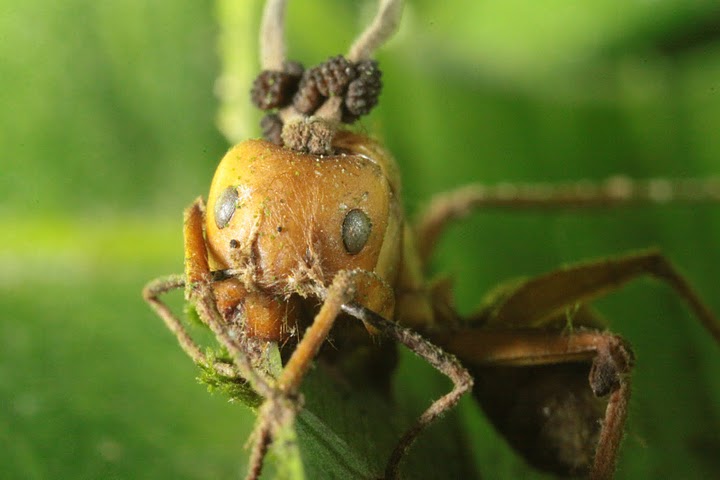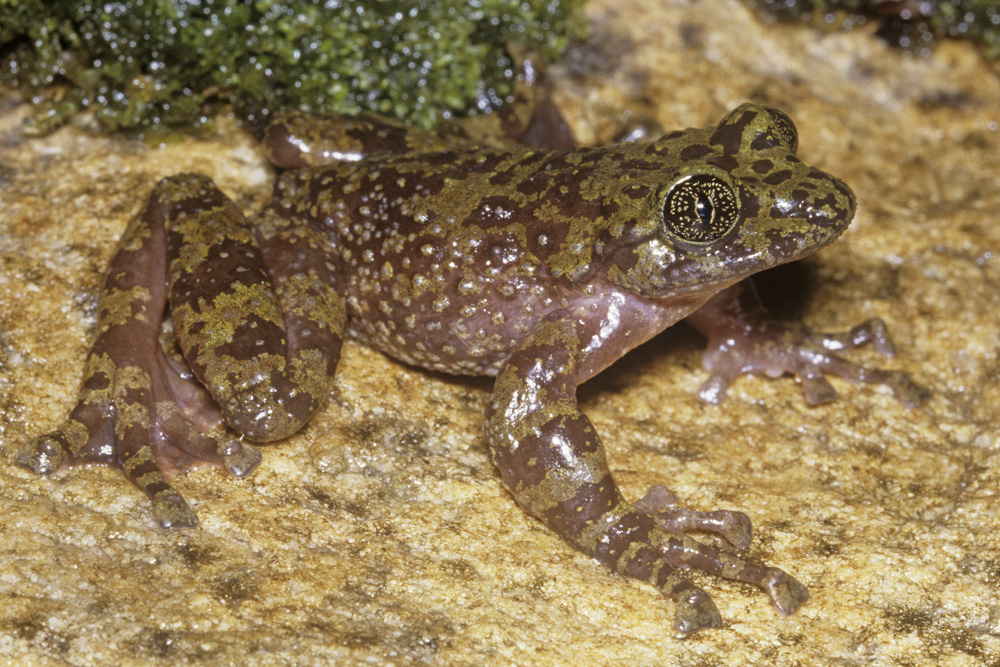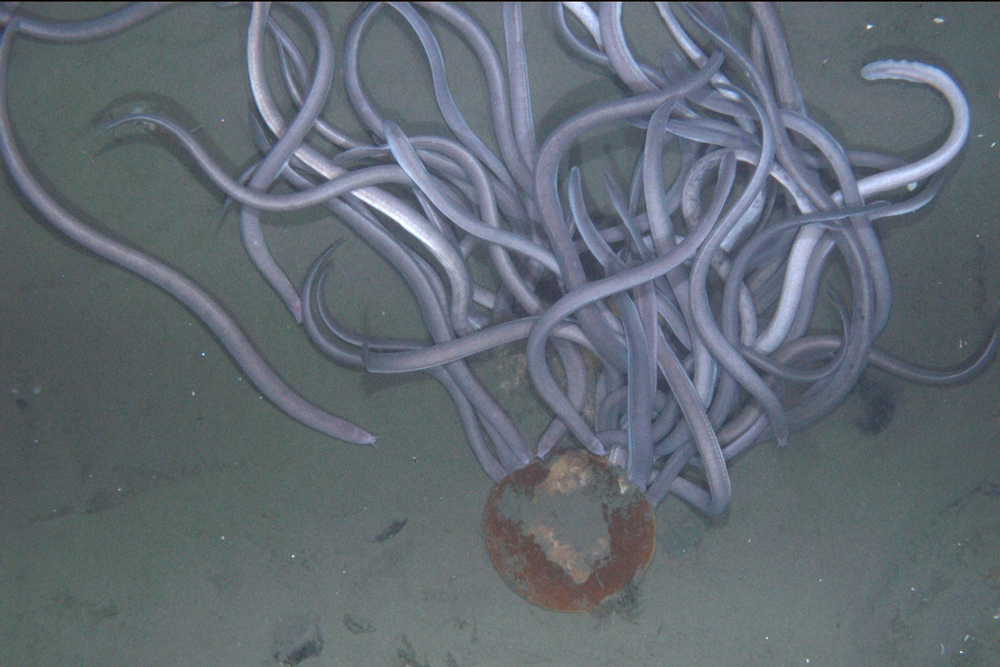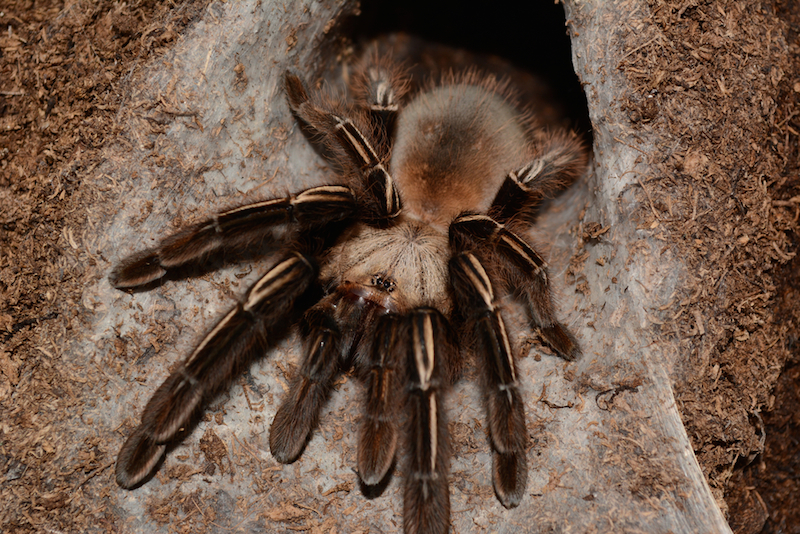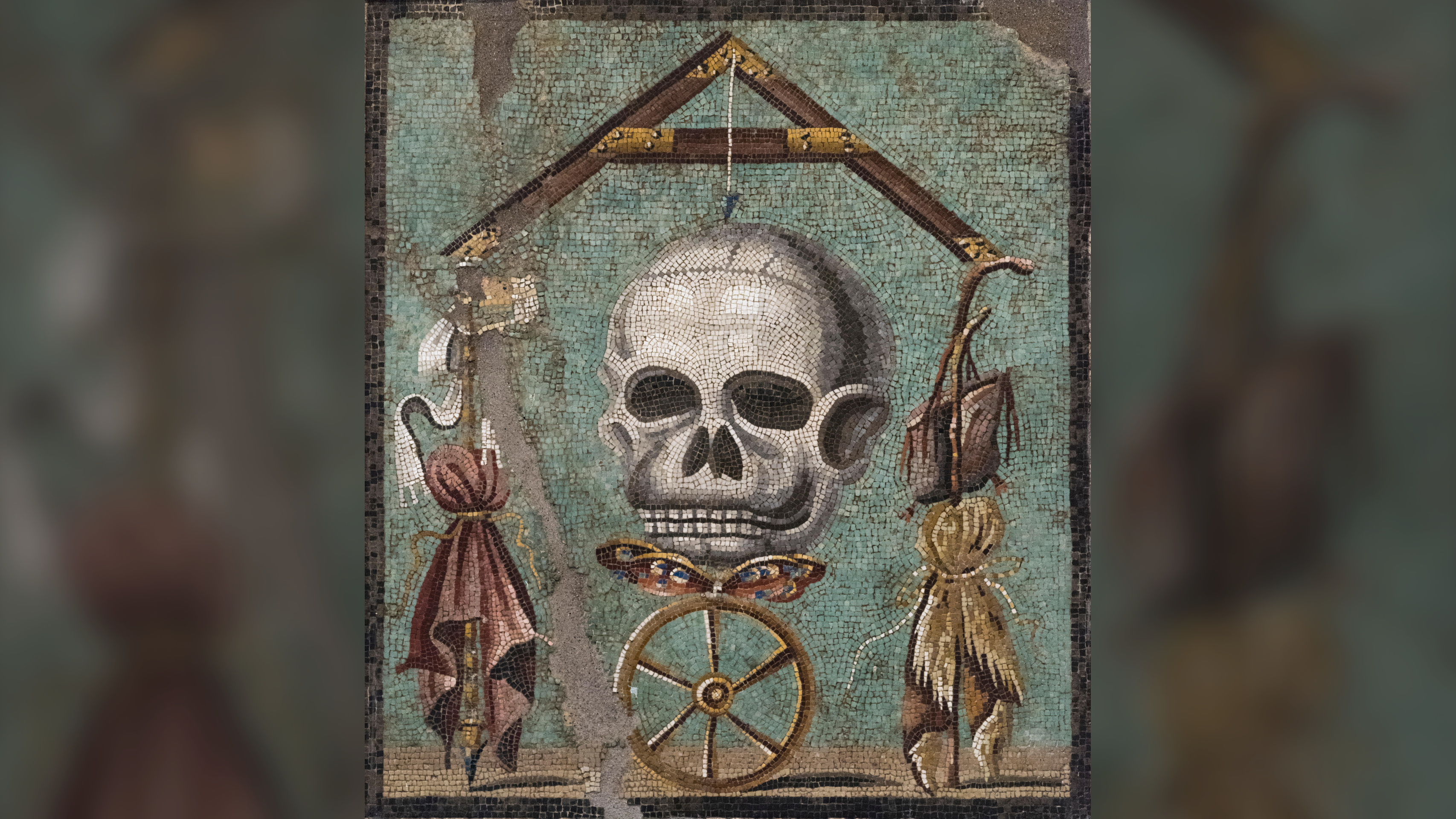Zombie Ants to Ghost Frogs: 6 Real Halloween Monsters
Halloween is a time to celebrate mythical creatures that haunt our dreams — when the undead come to life and bloodsuckers go on the prowl.
But some of these monsters have real-life counterparts in the animal world.
From vampire bats to zombie ants, here are some of the creepiest real-life Halloween creatures. [13 Halloween Superstitions & Traditions Explained]
Vampire bat
The common vampire bat has earned a bad rap for its bloodthirsty habit, and the fact that it sometimes spreads rabies to cattle, but this spooky creature very rarely bites humans, according to the International Union for Conservation of Nature (IUCN). In fact, the bat's salivacontains an anticlotting agent that has been used as a treatment for blood clots in humans.
True to their name, vampire bats feed on the blood of their prey. Three species of bloodsucking bat exist: the common vampire bat (Desmodus rotundus), the hairy-legged vampire bat (Diphylla ecaudata) and the white-winged vampire bat (Diaemus youngi). (Image Credit: (Daniel Streicker)
Zombie ant
Get the world’s most fascinating discoveries delivered straight to your inbox.
In the animal kingdom, it's the closest thing to "Night of the Living Dead": a parasitic fungus infects the brains of carpenter ants, making the insects crawl to a spot that is ideal for the fungus to reproduce.
Just before the zombie ant dies, it chomps down on a leaf with its mandibles. The parasite (Ophiocordyceps unilateralis) continues to grow out of the ant's dead body, converting its insides into sugars. After a week or two, the parasite sends spores to the floor where they can infect other unsuspecting ants. (Image Credit: David P Hughes)
Ghost frog
No Halloween would be complete without ghosts, and again, Mother Nature doesn't disappoint. The Table Mountain Ghost Frog (Heleophryne rosei) was namedafter the ghostly atmosphere of Skeleton Gorge, South Africa, where the animal was first found, according to the IUCN. But soon, this critically endangered species could live up to its name — it's population declined by an estimated 50 percent between 1980 and 2000, as a result of foreign vegetation, fires and water shortages, the IUCN said. (Image Credit: Atherton de Villiers)
Hagfish
This nasty creature may be even scarier than its name suggests. The Atlantic Hagfish (Myxine glutinosa) bores a hole in dead or dying fish and munches away at its internal organs and muscles. Yet despite its horrifying habits, the hagfish plays a critical role in cleaning the ocean floor and recycling nutrients, according to the IUCN. (Image Credit: Image courtesy of the HabCam Group and the Woods Hole Oceanographic Institution)
Skeleton tarantula
As if spiders weren't terrifying enough, this eight-legged beast is named for the resemblance it bears to a sack of bones. The Skeleton Tarantula (Ephebopus murinus) is native to the lowland forests of Suriname, Guyana and northern Brazil. With a 4.5-inch (11.4 centimeters) leg span, it's not considered a large tarantula, though some females can have leg spans of more than 6 inches (15.2 cm).
Like many New World tarantulas, it defends itself by brushing stinging bristles called urticating hairs off its body, which can cause great discomfort if they get in an animal's skin or eyes. (Image Credit: xtotha | Shutterstock.com)
Goblin shark
Goblin sharks (Mitsukurina owstoni) are truly fearsome animals to behold. These creatures have a pinkish-white color with blue fins, a long, flattened snout and three rows of menacing teeth. Mature males have been measured at between 8.7 and 12.6 feet (2.7 to 3.8 meters), while mature females have spanned 11 to 12.2 feet (3.4 to 3.7 m). A bottom-dweller, the goblin shark is rarely seen at the surface or in shallow waters, but has been found in deeper waters around the world near continental slopes. (Image Credit: Carl Moore)
Editor's Note: If you have an amazing creepy animal photo you'd like to share for a possible story or image gallery, please contact managing editor Jeanna Bryner at LSphotos@livescience.com.
Follow Tanya Lewis on Twitter and Google+. Follow us @livescience, Facebook & Google+. Original article on Live Science.


